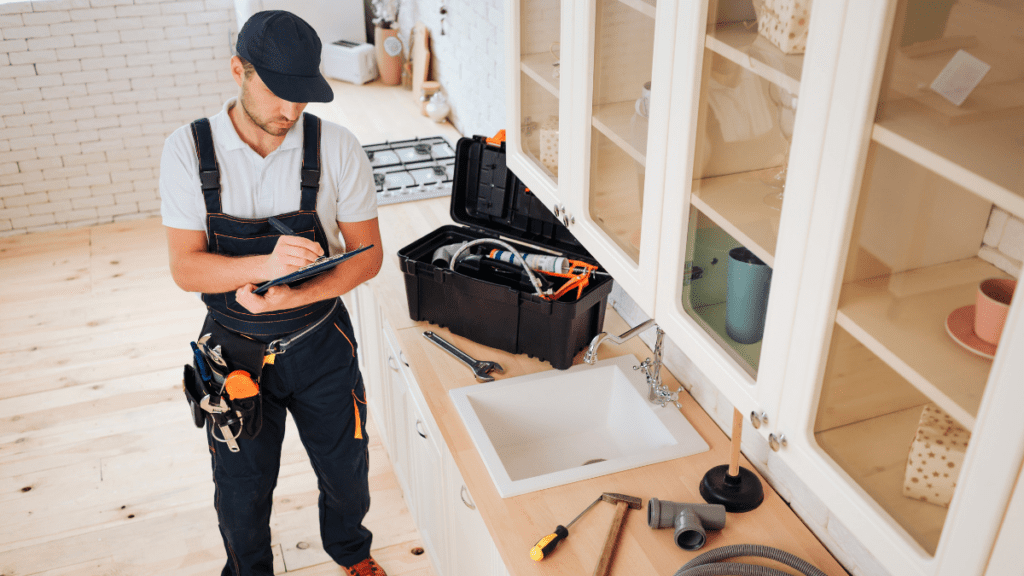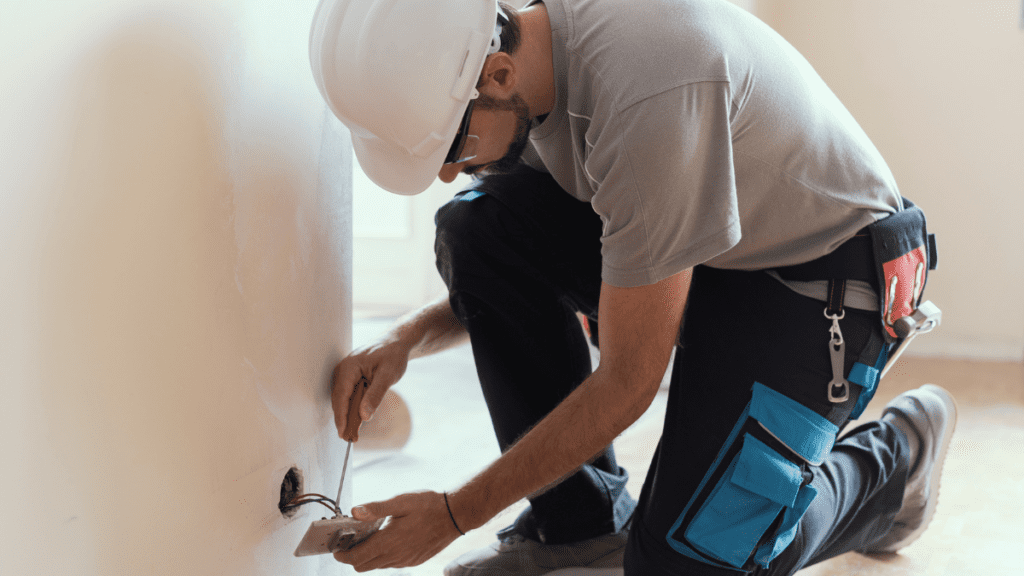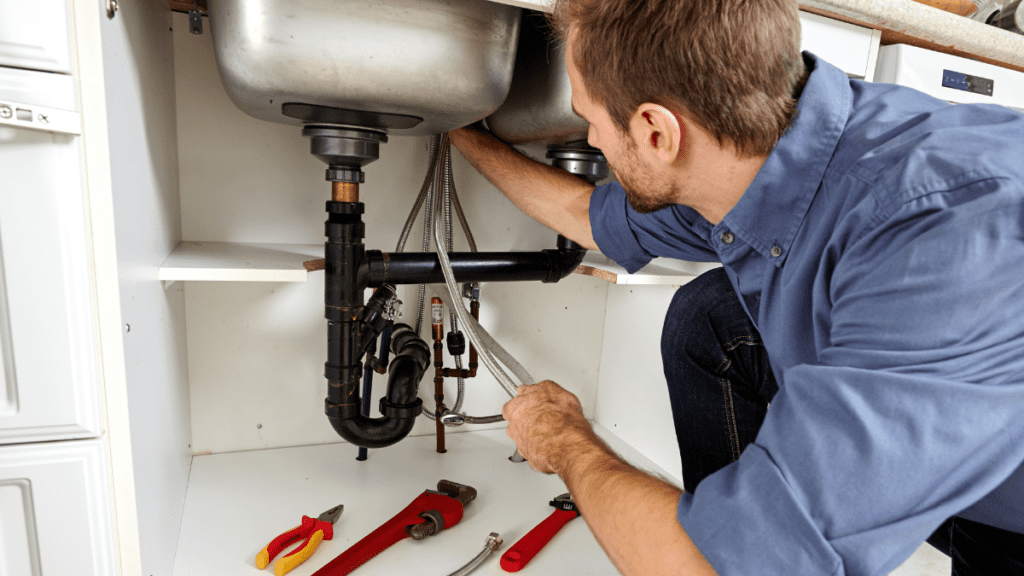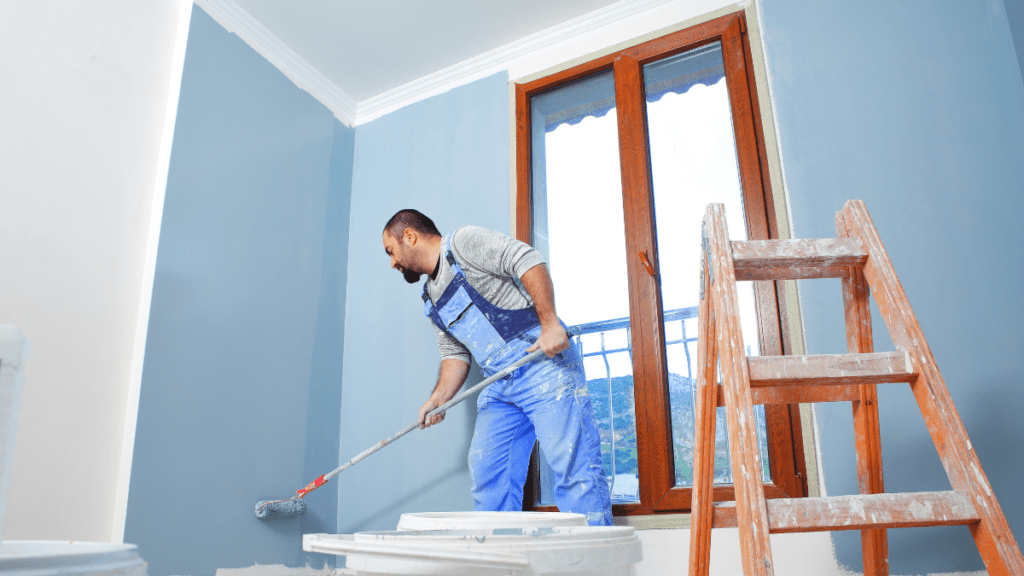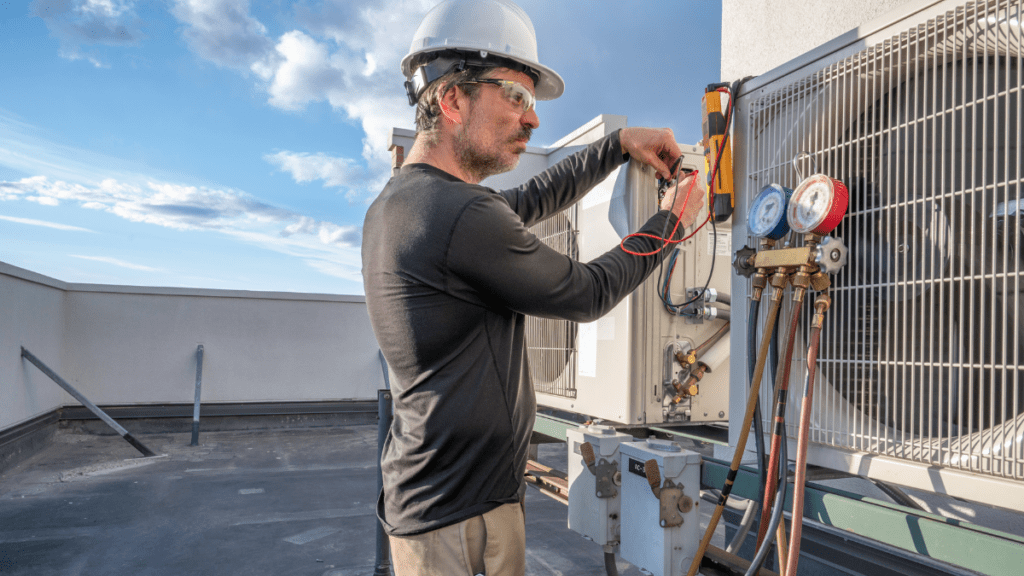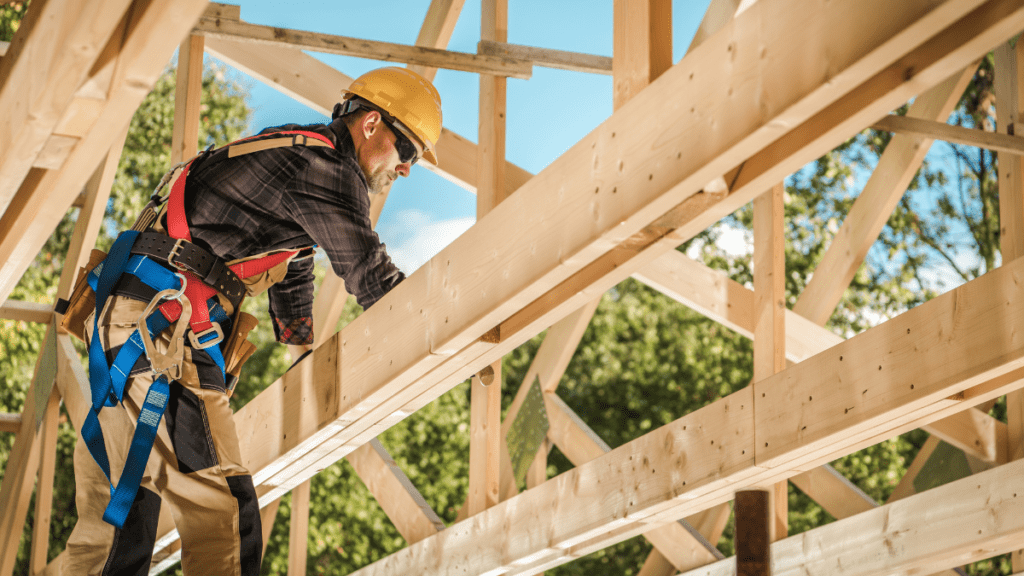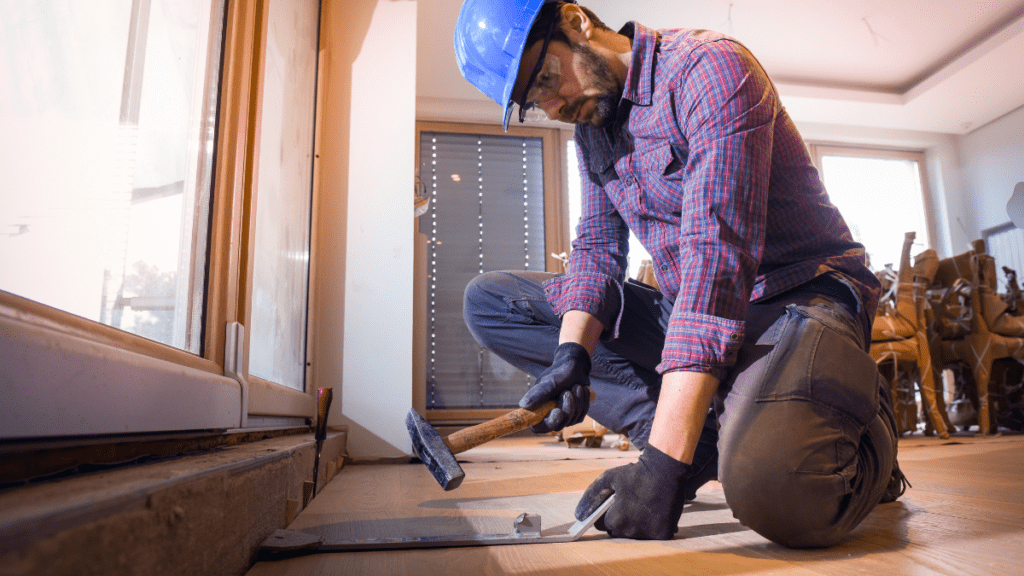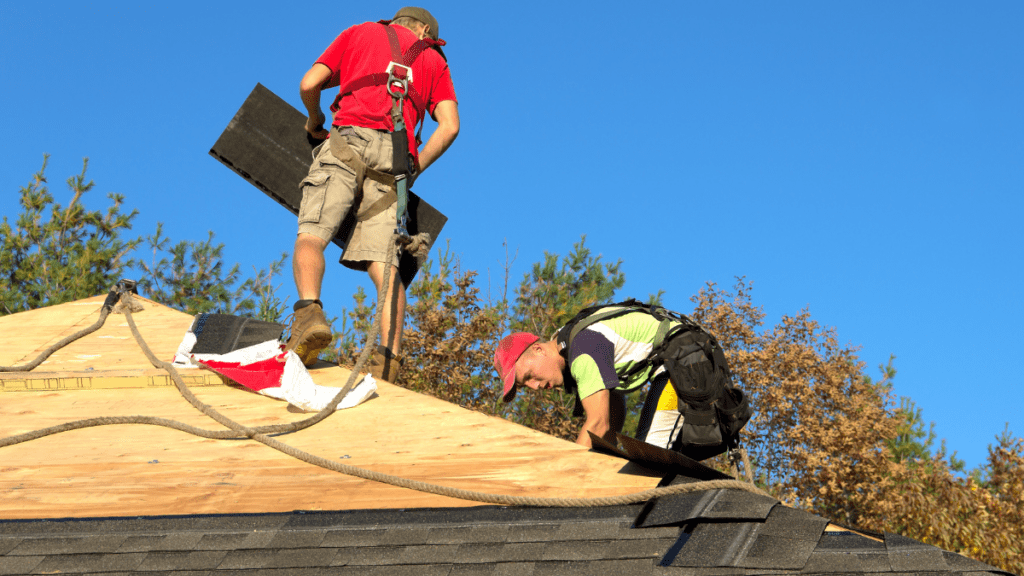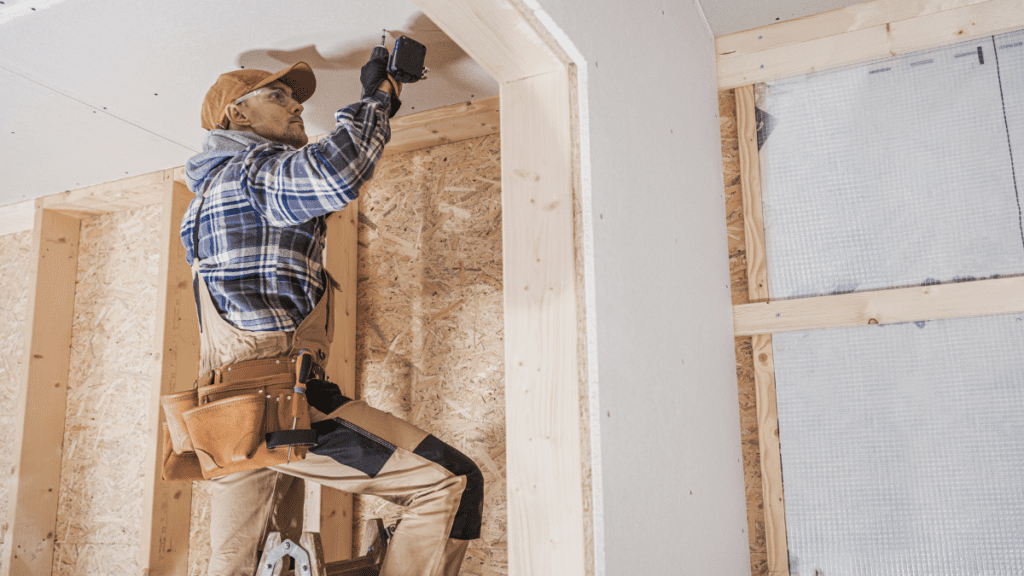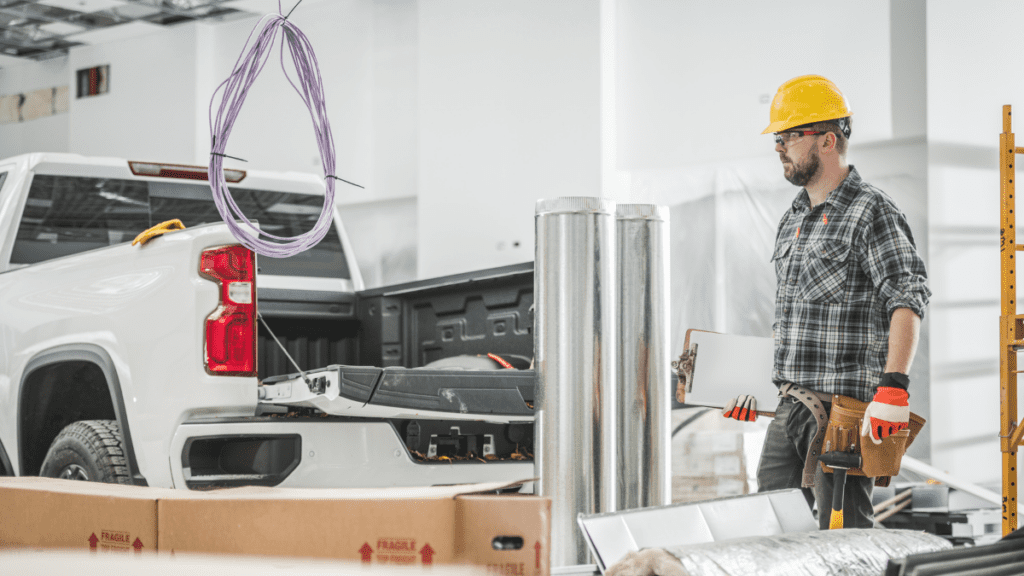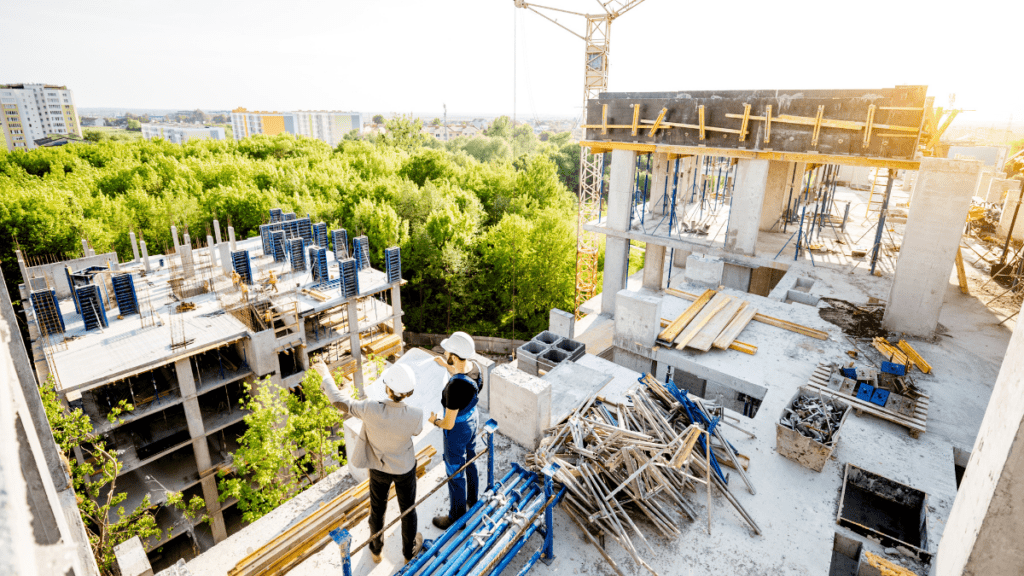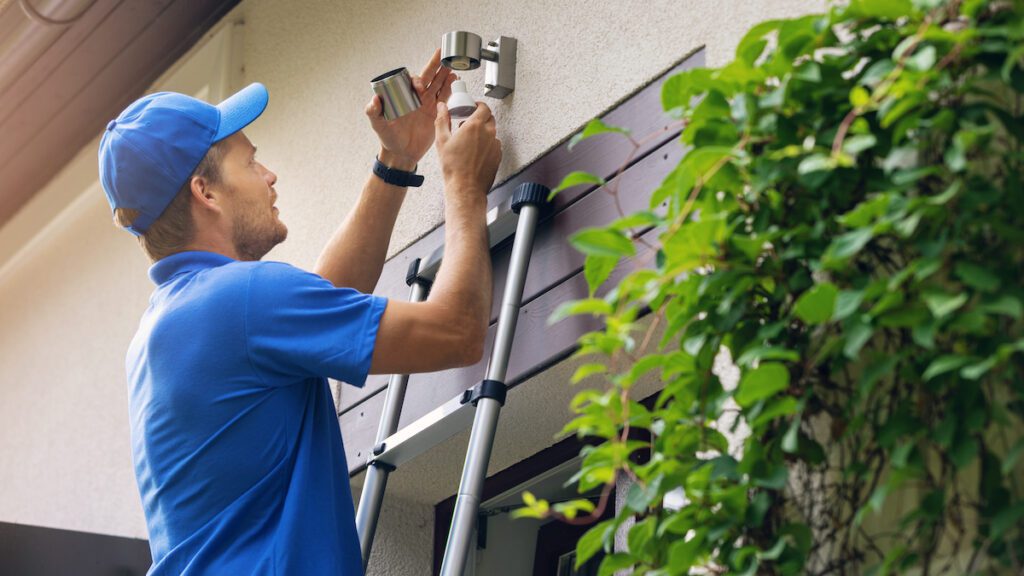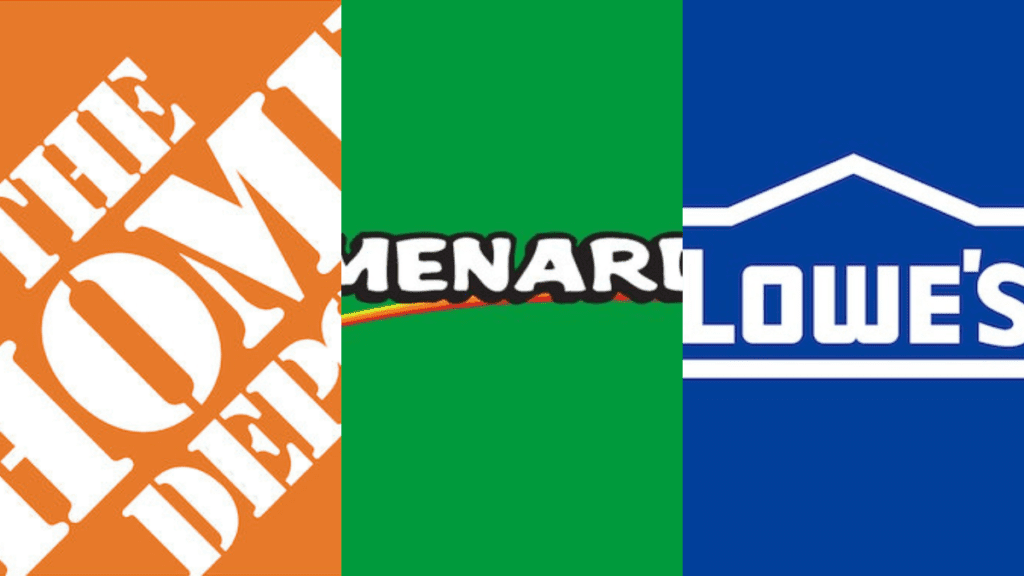Last Updated: April 2024
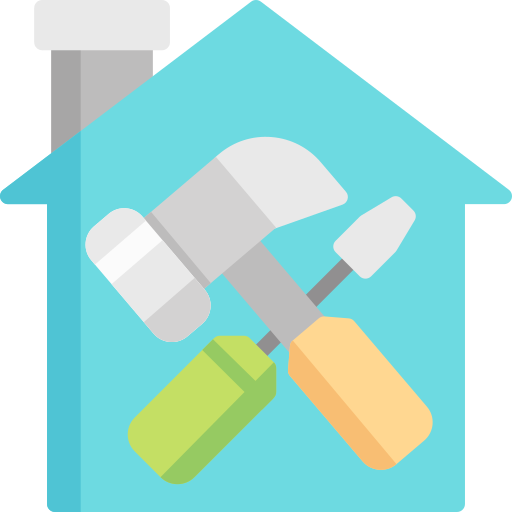
The process of renovating rental properties is a vital aspect of real estate management that can enhance a property’s appeal, increase rental income, and maintain or raise its market value. Renovations can help landlords to stay competitive in the rental market, attract high-quality tenants, and prevent costly future repairs. Planned, timely, and quality renovations are key to successful and sustainable rental property investments.
Benefits of Renovating a Rental Property
Rental property renovation is a key aspect of real estate investment and property management that can have a transformative impact on a landlord’s success. Below are a few of the top benefits of renovating a rental property.
Increased Property Value
Renovations can significantly enhance a property’s value. By updating, repairing, and improving various elements of the property, landlords can ensure their property could fetch a higher selling price if put up for sale.
Higher Rental Income
A well-maintained and updated rental property can command higher rents. Potential tenants are often willing to pay more for properties with modern amenities, fresh aesthetics, and no immediate repair needs.
Attract Quality Tenants
Quality tenants, who pay on time and take care of the property, are attracted to well-maintained and upgraded properties. By investing in regular renovations, landlords can appeal to these desirable tenants and reduce potential vacancy periods.
Reduced Long-Term Maintenance Costs
Regular renovations help maintain the property’s good condition and prevent the accumulation of significant damage or wear. This proactive approach can save landlords money over time by avoiding major repair costs and extending the lifespan of property components.
20 Rental Property Renovation Examples
In comparison to remodeling, rental property renovations are not always major construction projects (although some can be). Renovations can range from a simple interior apartment paint job, to a kitchen renovation that changes out cabinets and appliances. Regular, strategic renovations can keep a property competitive in the rental market and prevent expensive maintenance issues down the road. Below is a list of 20 specific renovation examples for rental properties:
- Upgrading Kitchen Appliances: Modern, energy-efficient appliances can be a major draw for potential tenants.
- Refreshing Bathroom Fixtures: Replace outdated fixtures such as bathroom faucets, showerheads, and lighting for a quick bathroom update.
- Repainting Interior Walls: A fresh coat of neutral paint can make spaces feel clean and updated.
- Replacing Old Windows: New, energy-efficient windows can enhance tenant comfort and reduce utility costs.
- Updating Lighting Fixtures: Improves the ambience and energy efficiency of the property with modern fixtures. Consider even changing a light fixture into a ceiling fan with an integrated lighting.
- Refinish or Replace Floors: This can give old floors new life and increase the property’s appeal. Be sure to choose the best type of flooring for your type of rental property.
- Landscaping Improvements: Regular upkeep or a new landscape design can improve curb appeal.
- Installing New Countertops: In kitchens and bathrooms, new countertops can be a major aesthetic upgrade.
- Replacing Old HVAC Units: Improving heating and cooling efficiency can be a selling point for tenants. Be sure to select the best HVAC unit that fits your type of rental property.
- Updating Exterior Paint or Siding: This can drastically improve the property’s curb appeal.
- Improving Property Insulation: Enhances energy efficiency and tenant comfort.
- Modernizing Door and Cabinet Hardware: Small updates like these can make a big difference in the overall look of a property.
- Replacing or Repairing the Roof: Protects the property from damage and can lower insurance costs.
- Updating Plumbing Fixtures: Modern, efficient fixtures can prevent future maintenance issues and improve tenant experience.
- Resurfacing Driveways and Walkways: Improves the property’s appearance and usability.
- Installing Energy-Efficient Appliances: Can attract eco-conscious tenants and reduce utility bills.
- Upgrading Security Features: Installing modern locks, security cameras, or alarm systems can enhance tenant safety and appeal.
- Installing New Blinds or Curtains: Can refresh the look of the rooms and provide better insulation.
- Repairing or Updating Decking or Patio Spaces: Enhances outdoor living spaces for tenant use.
- Replacing Old Carpets: New carpets can drastically improve the look and smell of a property.
Renovation Products and Materials
Building Products
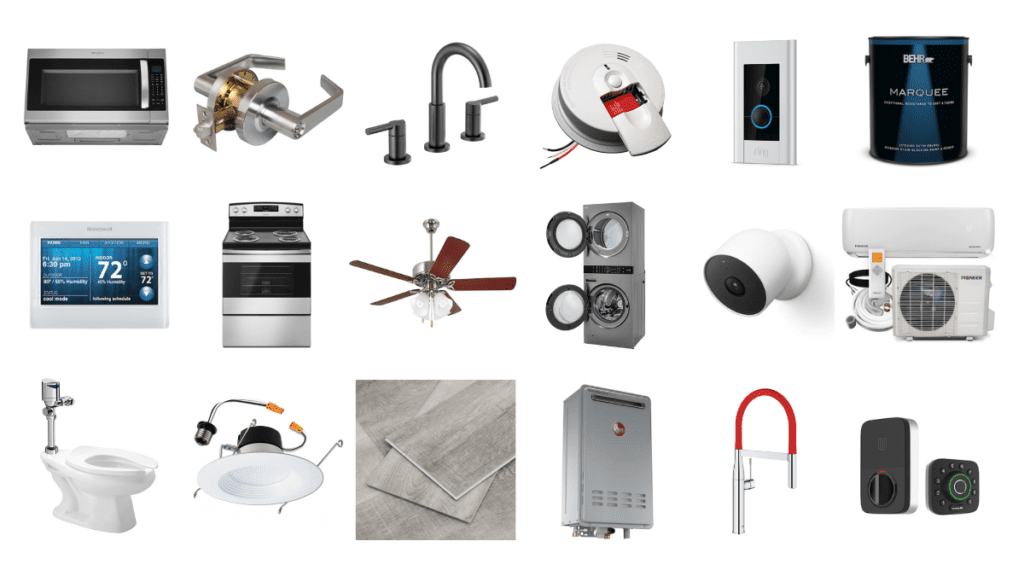
When taking on a rental property renovation project, numerous building products contribute to the final successful transformation of the space. Each building product, from the most eye-catching to the seemingly trivial, has a role to play in shaping the property’s functionality, aesthetic appeal, and tenant experience.
Building Materials
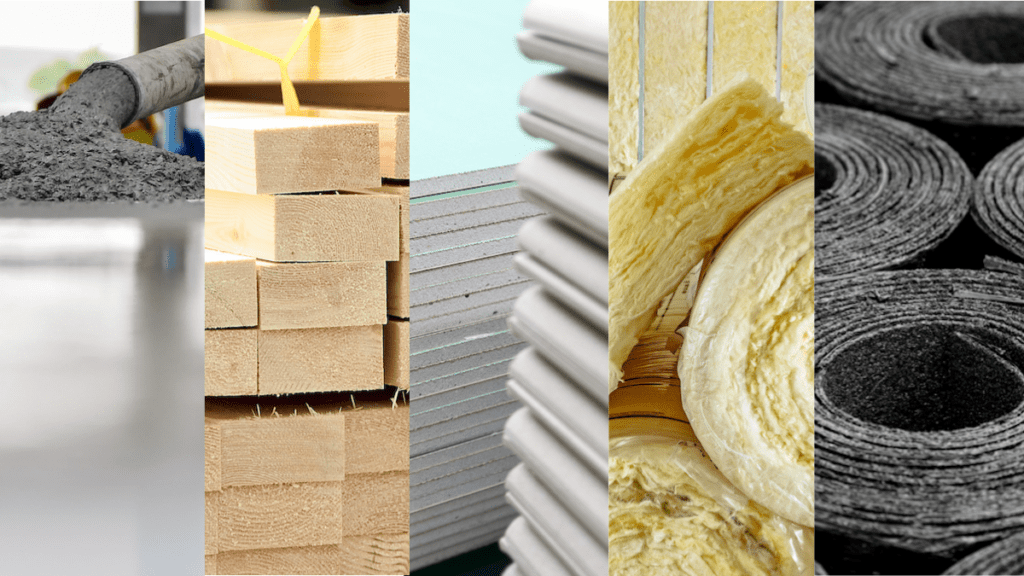


Renovating a rental property isn’t just about making changes; it’s about making the right changes. Every aspect of renovation involves making choices of which building materials (e.g. drywall, roofing, cement, etc.) to use, that can directly impact the longevity, aesthetics, and overall performance of the property.
Renovating vs Remodeling
Renovating and remodeling a rental property are frequently used interchangeably, but actually are two distinct approaches to rental property construction. While both aim to improve the property, their scope, cost, and impact vary. Recognizing the difference between the two is an important prerequisite to making informed decisions about property improvements.
| Renovating | Remodeling | |
|---|---|---|
| Scope | Typically involves restoring, updating, or repairing existing elements of the property. | Generally involves more significant changes to the property’s structure, layout, or function. |
| Cost | Usually less expensive as it doesn’t typically involve major structural changes. | Tends to be more expensive due to the complexity and scale of changes. |
| Time | Often takes less time than remodeling due to the smaller scale of work. | Can be a lengthier process due to the extent of the changes involved. |
| Impact on Property | Primarily maintains or slightly increases the property’s value and appeal. | Can significantly enhance the property’s value, appeal, and rental income potential. |
The #1 Rental Property Newsletter
Once a month, we send out an exclusive Rental Property Market Update with top stories, current mortgage rates, building products, and more. No spam and unsubscribe anytime.


Hiring Contractors and Pros for Rental Property Renovations
Before you set off to hire a contractor or tradesperson for your rental property renovation, it is a good idea to have an understanding of the hiring process, to set realistic expectations and ensures smooth job completion. Our guides below dive into what to expect and best practices when hiring for your rental property renovation:
Rental Property Renovating FAQ
What is a Rental Property Renovation?
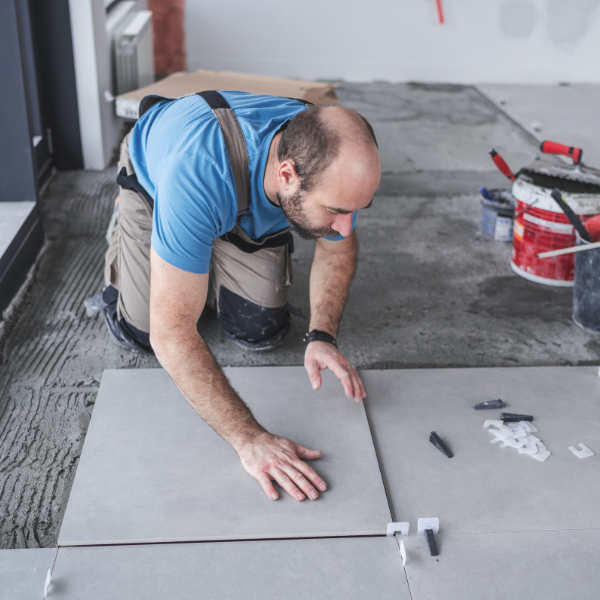

Rental property renovation refers to the process of restoring, updating, or improving existing structures, systems, or aesthetics of a rental property. This can involve tasks like repairing damaged elements, upgrading outdated fixtures, or repainting walls; usually without making major structural changes.
What Rental Property Renovations Provide the Best Return on Investment (ROI)?
Certain rental property renovations provide more substantial return on investment (ROI) by increasing the property’s value and appeal to potential tenants. It’s important to choose upgrades that align with current market trends, enhance the functionality and aesthetic appeal of the property, and cater to the needs and preferences of your target tenant demographic. Keeping a close eye on the cost of renovation versus the potential increase in rental income is key to maximizing your ROI. The top three renovations that typically offer the best ROI are:
Kitchen Upgrades
Kitchen renovations, including updated appliances, countertops, and cabinetry, can significantly boost rental rates and property value.
Bathroom Upgrades
Modernizing bathrooms with new fixtures, flooring, or additional storage can greatly enhance tenant appeal and rental value.
Sustainable Improvements
Installing energy-efficient appliances, windows, and HVAC systems can increase rental rates, attract eco-conscious tenants, and lower utility costs, boosting overall ROI.
Search Rental Real Estate
Try searching out site for hundreds of rental property topics ranging from property management, investor tool reviews, investment research, and more.
Is Rental Property Remodeling Tax Deductible?
In the United States, rental property renovations can indeed be tax-deductible, but they are usually considered capital expenses and depreciated over a period of years, rather than deducted in full in the year they were paid. However, repairs that are necessary to keep the property in good working condition can be deducted in the year they are incurred. It’s important to distinguish between improvements and repairs for tax purposes, and always consult with a tax professional to ensure compliance with IRS regulations.
More Rental Property Construction Guides
About the Author


Ryan Nelson
I’m an investor, real estate developer, and property manager with hands-on experience in all types of real estate from single family homes up to hundreds of thousands of square feet of commercial real estate. RentalRealEstate is my mission to create the ultimate real estate investor platform for expert resources, reviews and tools. Learn more about my story.
Disclaimer: The information provided on this website does not, and is not intended to, constitute legal and/or financial advice. As such, all information, content, and materials available on this site are for general informational purposes only. Please review our Editorial Standards for more info.


